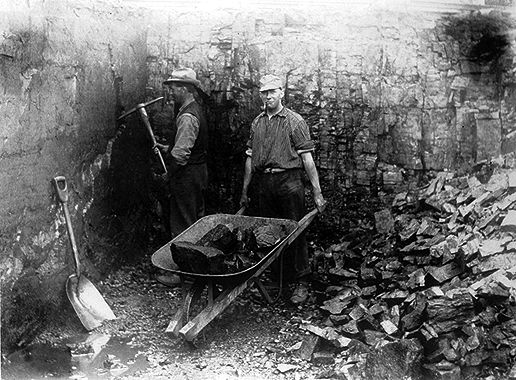Article
Bitumen
One of the easiest ways to understand bitumen is to compare it to its cousin, conventional crude oil. Whereas conventional crude oil flows freely, bitumen does not. At room temperature it looks like cold molasses, and must be either heated or diluted before it flows.










